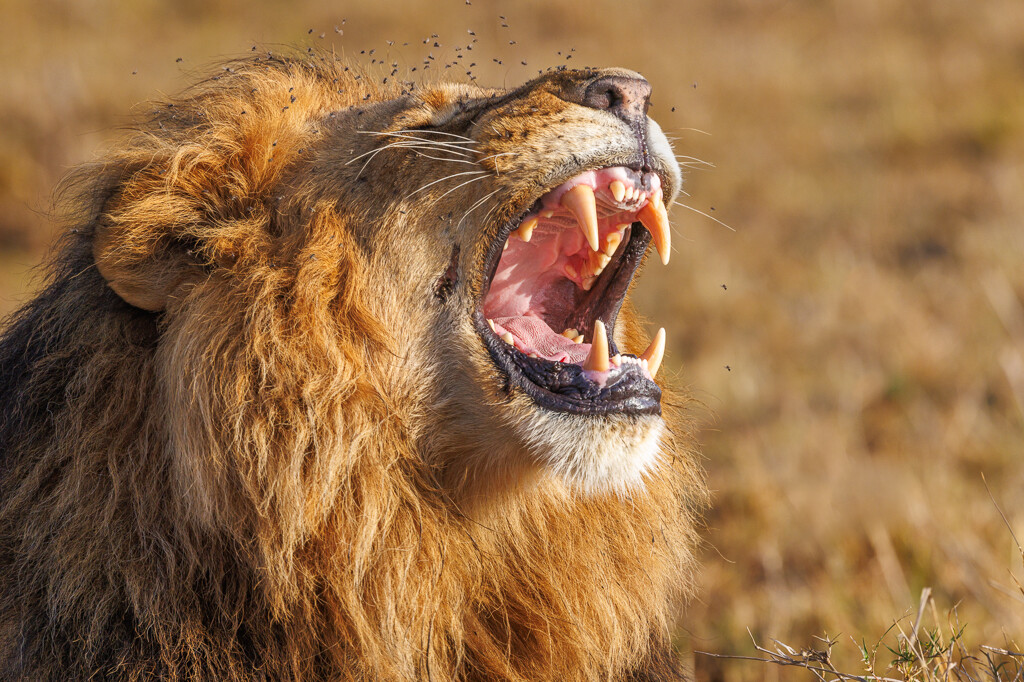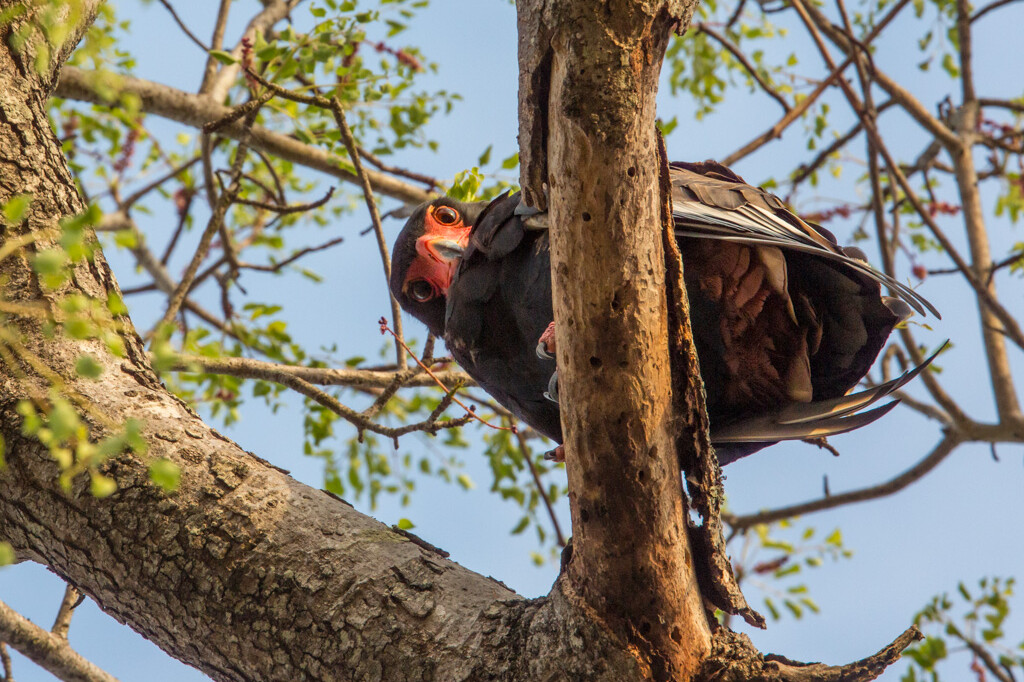Oophaga pumilio, better known as the strawberry poison dart frog, is a gorgeous little amphibian-dude that lives across Central America. These are terrestrial beings–meaning, they hang out on land. They are active during the day, making it somewhat easier to go traipsing around the rainforest searching them out. What I found interesting about photographing these creatures was how accommodating they were. Aside from sitting knee-deep in mud, soggy from humidity and being gnawed on by bugs, the frogs were rather patient and engaging! Once spotted, I could generally get down on my knees and move relatively close up for a shot. They didn’t seem to mind, although they certainly preferred to keep their backs to me.

Where are you Hiding?
My first task was finding my tiny subject. Given this was a maiden voyage to their territory, (a side trip to Bocas del Toros while in Panama photographing hummingbirds) I was not exactly sure what to look for. I walked the same forest path, back and forth, without so much as a single click of the shutter. The first encounter was thanks to a naturalist that I was fortunate enough to go hiking with. He pointed out a tiny red fleck on the low branch of a tree. I had not expected them to be so tiny and bright! After this gleeful introduction, I began retracing my steps in the jungle and, suddenly, my eyes had no problem spotting several little gems.

Vegetation Jewels
Poison dart frogs do like to hang out in the leaf litter. The trick to discovering them was to keep an eye on the vegetation just below my knee and slightly off the path. Their vibrant colour is a beacon in the bush! They are very tiny beings! Imagine something the size of a regular strength Tylenol, but with itsy-bitsy, silvery-blue speckled legs. The biggest challenge was getting myself close enough. Staying dry and clean was out of the question–but that’s part of the fun! Balance is key when photographing something so small with a macro lens, in my case the Canon 100 f2.8 IS L.
When you are up close and absorbed in making an interesting image, it is very possible to falter and reach out to steady yourself. I am prone ot tipping over in these situations. This is not a good idea in the rainforest! You have no idea what might be hiding at the bottom of the grass that is clinging to your calves. Or, what might be fast asleep on the slippery moss of the tree trunk you grab onto.

Red for Toxic!
Not to mention, be careful not to touch these little guys. The skin of a poison dart frog is toxic. Interestingly, this toxicity is not present in frogs born in captivity, leading scientists to believe the toxins form from the diet they consume in the wild. Which is where they belong. These frogs certainly put me through my paces. I tried to keep up as they squeezed between entwined vines, slipped under decaying leaves or hid on the underside of wide grass blades. It requires some elaborate body contortions to get your camera into a position low enough for a capture. With these contortions, there was no relying on tripods or monopods for stability. The pre-storm skies created further challenges with light, already in short supply under the rainforest canopy. I was pushing the ISO to 6400 and using a shallow DOF, making shooting conditions less than optimal for this subject matter.
Still, I had an absolute blast mucking about and talking quietly to coax one of these little ruby-red jewels to look me in the eyes!


NJ Wight
Image maker and storyteller, bringing my audience up close to the extraordinary wildlife that has transformed my thinking and shaped my creative expression.
More Great Posts
June 12, 2024
Lion Population: The Sad Story of Lion Math
June 1, 2024
The Bateleur Eagle: An Unusual Perspective
February 29, 2024
Photographing Safari Silhouettes
January 17, 2024
Photographing the Dragonfly in Flight
July 17, 2023
Meeting the Legend Craig
March 15, 2023







